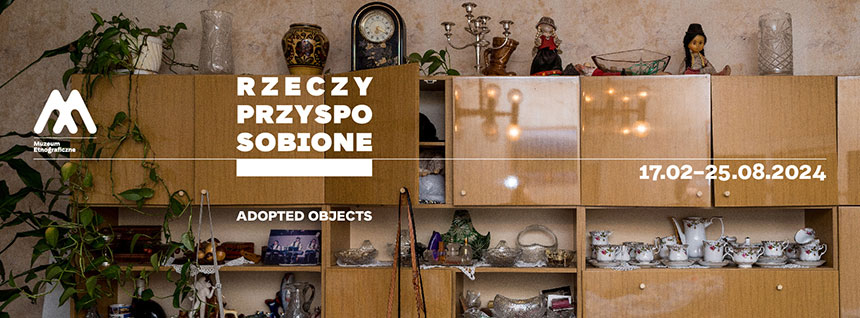Reflecting on what gives things their worth, anthropologist Michael Thompson argues that value is a relative and changeable rather than fixed characteristic of things: the same object may be regarded as rubbish or a precious antique or a cherished souvenir of the past.
In his “rubbish theory”, Thompson divides things into three categories: transient (“here today, gone tomorrow”), durable (“a joy forever”), and rubbish (“zero value”). Paradoxically, Thompson observes, some things once regarded as worthless rubbish move to become a valuable antique or museum exhibit. Usually it takes “some creative, upwardly mobile” individual to salvage them from the bin and reclaim as “components of Our Glorious Heritage.” Thomson has demonstrated that changing narratives about things influence their value and that designated labels dictate different uses.
Things reclaimed from rubbish bins and dumpsters in Wrocław in 2020-2023
by a local Instagrammer @ Historia ze śmietników Breslau
www.instagram.com/historia_ze_smietnikow_breslau/reels/
Local Instagrammer @ Historia ze śmietników Bresla (formerly: Antyki z Breslau odnalezione) shows things found in rubbish bins and dumpsters in Wrocław which he combs through regularly to reclaim prewar furniture, jewelry, documents, and objects of everyday use. He cleans them and renovates, and gives them a new life. “When I see a piece of furniture, there are basically two options: either I rescue and renovate it and it gets a new life, or it is left here exposed to the elements, to be ruined by rain. Perhaps someone like me will come across it and save it. But that does not happen often. And so, it becomes rubbish. I sort of feel sorry for these things. I simply take them with me. I renovate them. I have found use for many things. I presented many to friends and some, I sold. What matters to me is their preservation, this keeps me going. […] Because if something – like this piece of furniture – has survived 150 years, the Franco-German War in 1870, World Wars I and II, the postwar plunder, floods [of 1903 and 1997], and whatever else this city gone through – letting it perish would be regrettable, right?” His activity has continued to expand from the time of his first finds. He uses the objects himself, they satisfy his consumer needs, and selling some is a source of income. His Instagram profile, observed by lovers of antiques, local activists and those passionate about history, has become a forum for sharing knowledge about prewar things.
